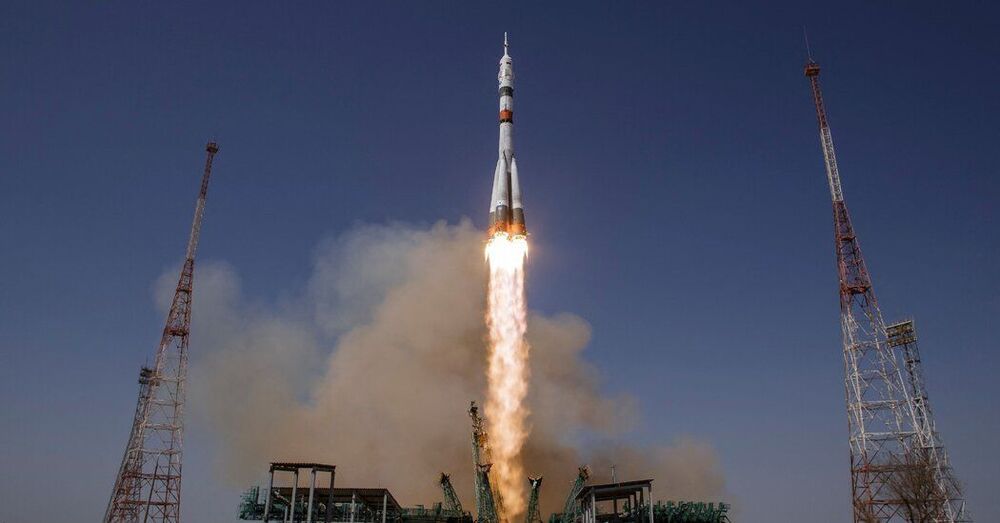For more:
https://news.cgtn.com/news/2021-06-16/China-Russia-j…index.html.
A roadmap for the International Lunar Research Station (ILRS) was jointly released by the China National Space Administration (CNSA) and Russia’s space agency Roscosmos on Wednesday.
Titled “International Lunar Research Station Roadmap (V1.0),” the roadmap and the “Guide for Partnership (V1.0)” were presented by the two organizations at a forum of the Global Space Exploration Conference 2021 held in Russia from June 14 to 18. The two documents provide information about the concept, research field and cooperation opportunity of the ILRS.
Download our APP on Apple Store (iOS): https://itunes.apple.com/us/app/cctvnews-app/id922456579?l=zh&ls=1&mt=8
Download our APP on Google Play (Android): https://play.google.com/store/apps/details?id=com.imib.cctv







